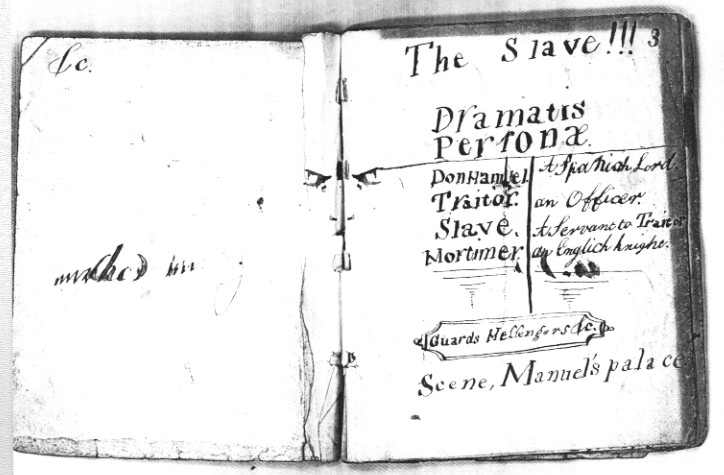Willis ENG 227 Project
aggie_jedi24
141
Discrimination is something that was dealt with not only during the antebellum and Civil War eras, but all the way until the 1960s. There are many literary works that attempt to convey the ideas and, in fact, art that African Americans were capable of, but there was quite a bit of red tape that had to be cut through and many hoops to jump through just to get these works published. This project will explore different time periods of racism and how it was overcome in the different eras.
|
The Life and Times of Frederick Douglass is one of the most pivotal works that an African American ever did. In this work he describes his life as a slave without sounding like he is acting out of anger. He is very articulate and very learned. This work shows how an African American had to cut through the red tape before the Civil War even started. Most African Americans had to have letters introducing the work, usually done by someone very prestigious, in this case William Lloyd Garrison, to prove to the audience that the work is legitimate. Also, at the end there is an appendix which shows all the documents to further prove the legitimacy of the work.
|
|
Clarence Walker is quoted in this work and the quote is the "struggle against an omnipresent 'white supremacist' social order." This quote is very important in dealing with the discrimination that all black writers had to face. There was a superior sort of attitude among the white people in this time period and with that came the putting down and belittling of African American literature. The author goes on to say that it was not only a challenge but a defining condition. One that had to be overcome with a big struggle and many years.
|
|
This play is written by a British man, Gabriel Rosetti, who depicts the slave as basically someone who will do whatever he is told all the time, even if it is something as drastic as fighting someone to the death for a traitorous cause. This is much like the Po' Sandy text in that it sticks to the already painted picture of an very subservient African American. With all these preconceived ideas about African Americans, it was very very hard for them to come out and shine through with their ideas when no one would listen.
|
|
This text is an essay about a certain type of poem, a Chartist poem. A Chartist poem is basically an antislavery or abolitionist poem that was published during the antebellum era. Ernest Jones was one of these Chartists and had several of his poems published in the Northern Star newspaper. In this particular essay about the poems, they distinguish the difference between the literary term "slavery" and the "generalization" of slavery to basically mean oppression in all forms. This was a type of wrting that people of the time were not used to, at least in America. There was only one meaning for slavery and that was the literal term. The Chartists' poems rarely dealt with the literal term, so that all nations could understand their poetry. That is why this particular type of work didn't really sit well in the Americas.
|
|
Po' Sandy was written by a white man, Charles Chesnutt, in 1899. In this time period the Civil War is well over and Reconstruction of the South is also over, so the United States should be moving on from it's past endeavors. When reading this text, one would not know if it were still antebellum or post Civil War. The way the dialect is for the slaves is very insulting to the culture. The slaves talk like they're completly uneducated and stupid, for example when one of the slaves was asked what was up he answered: "I ain' narvous; but dat saw, a-cuttin' en grindin' thoo dat stick er
timber, en moanin', en groanin', en sweekin', kyars my 'memb'ance back
ter ole times, en 'min's me er po' Sandy." I can barely understand this! This was another one of the reasons that African American writers could not blossom, the country they lived in could not move on from the past at all. Every time an African American would want to write something, they would have to get past all the bad and demeaning things that had already been published.
|
|
This text is from the latest of the time periods of this group of texts. This one deals with movies and how African Americans are under represented in film writing. One of the reasons given is the fact that the "history of fiction masquerading in the guise of science" gives way to counter-prejudice within the black community. One example of this is the head shapes and how that changes the brain size, and makes African Americans closer to apes than people. African Americans were offended and didn't want to be represented in a society that thought of them this way. Another way blacks had to overcome the obstacles that were in the way of them becoming established writers.
|
Listed here are different works done by different races and nationalities, all of which give a different view on the problem of getting works and literature written by African Americans out in the public. Obviously it was a very hard and long process, but today many people enjoy all the literature written by African Americans. Though most blacks would've liked their works to be published and read during their lifetime, it is very important that their works got published at all.





